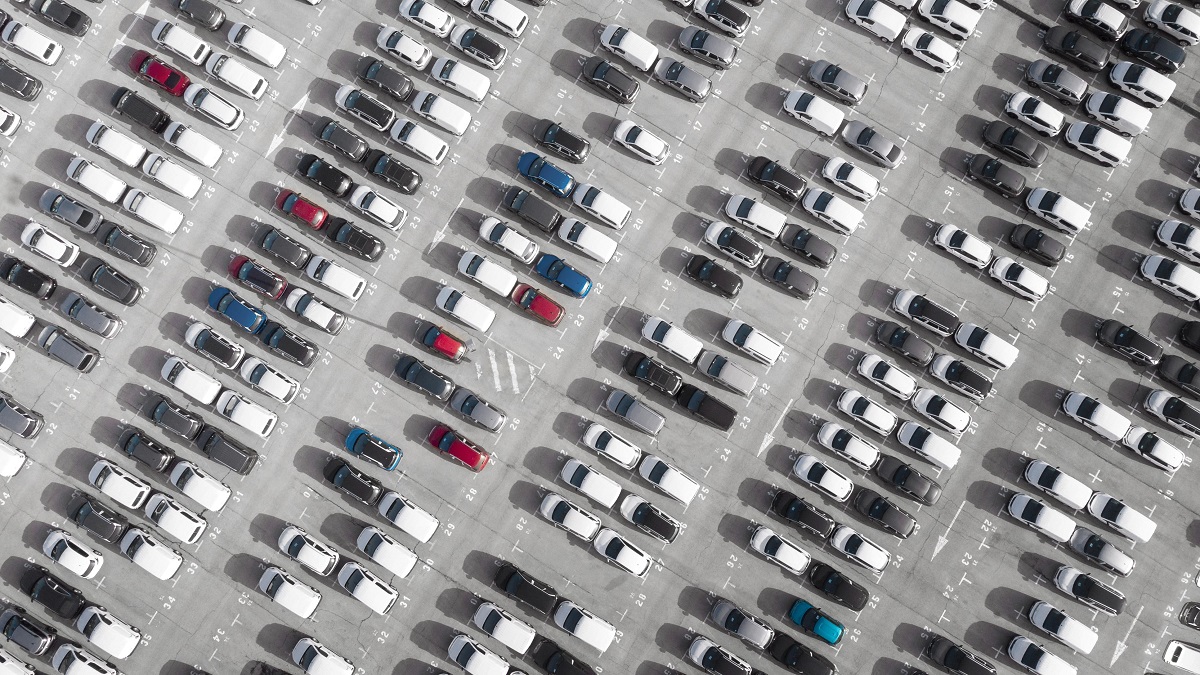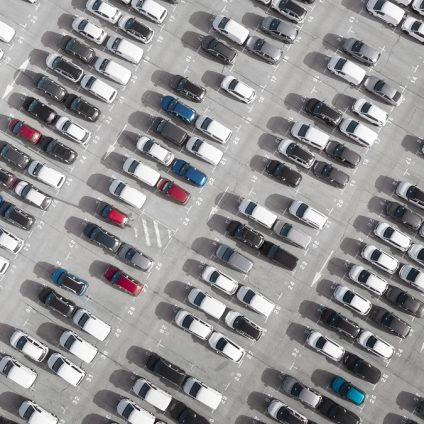Between 2019 and 2024, greenhouse gases from cars, trucks, ships, and planes dropped by 5%, largely thanks to electric vehicles. The analysis by Transport & Environment.

The European transport sector is witnessing a structural decline in emissions for the first time, even though it remains the only sector emitting more than in 1990. In 2024, cars, buses, trucks, ships, and planes generated 1.05 billion tons of CO2 (GtCO2)—down from 1.1 GtCO2 in 2019, before the temporary COVID-related drop. This marks a reduction of just over 5%.
Electric vehicles drive down EU transport emissions
The main driver behind this structural drop in transport emissions is the growing electric vehicle market, according to Transport & Environment (T&E) in its newly released State of Transport 2025 report. The organization estimates that 9 million electric vehicles (EVs) will be on European roads this year, preventing 20 million tons of CO2 emissions—equivalent to shutting down seven coal power plants.
Cars, trucks, vans, and buses account for nearly three-quarters of transport-related greenhouse gas emissions, while planes and ships contribute the remaining quarter.
“Europe is slowly breaking free from its oil dependency, but we are still spending hundreds of billions on imports from foreign powers,” says William Todts of T&E. “Now is not the time to scale back green policies. For the continent’s prosperity and security, now is the time to double down.”
Recycling and carbon pricing make the transport transition sustainable
Beyond climate concerns, slowing down transport decarbonization would mean prolonging reliance on fossil fuel imports. Currently, the EU imports 96% of its crude oil and 90% of its fossil gas, leaving it vulnerable to supply chain disruptions and geopolitical tensions.
However, there are also challenges in securing critical raw materials for large-scale transport electrification. The EU imports 100% of its lithium, 75% of its nickel, and 58% of its aluminum. The key difference? Unlike fossil fuels, most of these materials can be recycled.
From a quantitative perspective, the shift to EVs is far more sustainable. Even factoring in recycling, an electric car requires 500 times fewer critical raw materials than a gas-powered vehicle over its entire lifecycle—primarily because internal combustion engines consume vast amounts of diesel and gasoline.
EU carbon pricing accelerates transport decarbonization
The EU Emissions Trading System (ETS) is playing a growing role in financing the transport transition. With shipping now included in the carbon market, ETS revenues have surged. In 2024, emissions pricing for ships and planes generated €5 billion, and T&E projects this could reach €30 billion annually by 2030.
These funds could be used to bridge the cost gap between traditional fossil fuels and low-carbon alternatives, such as sustainable e-fuels.












